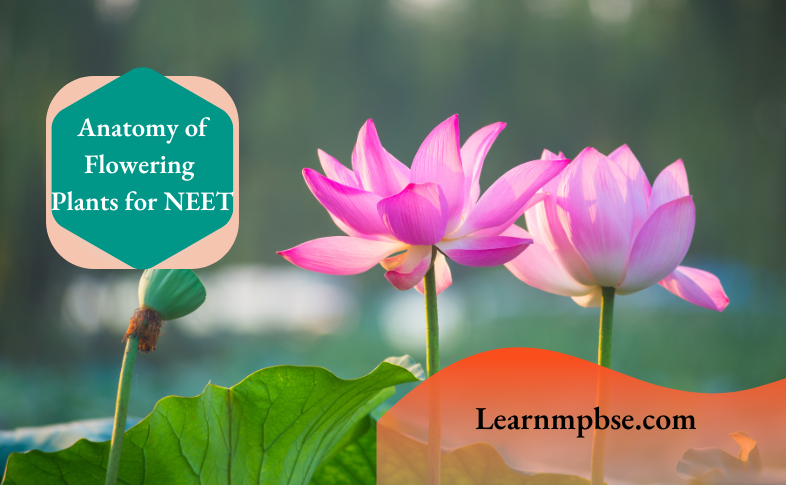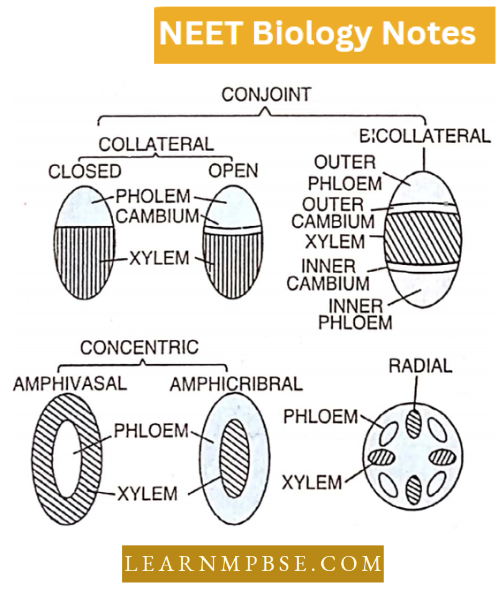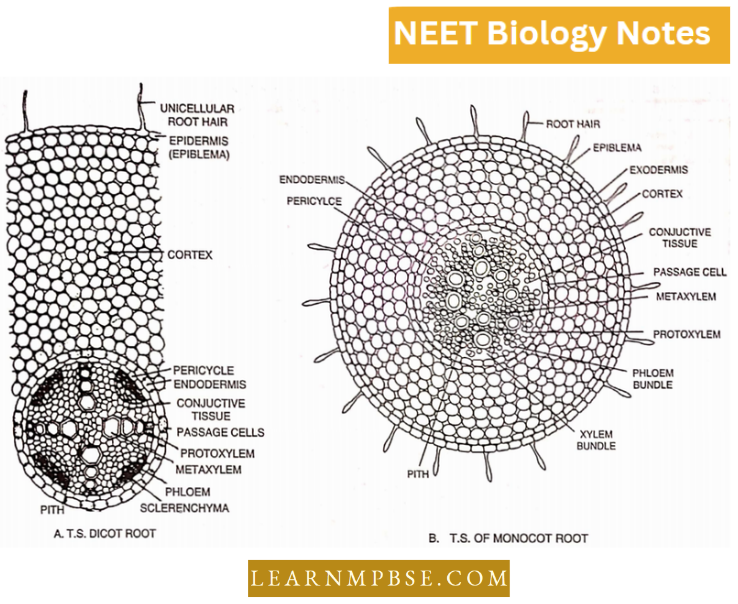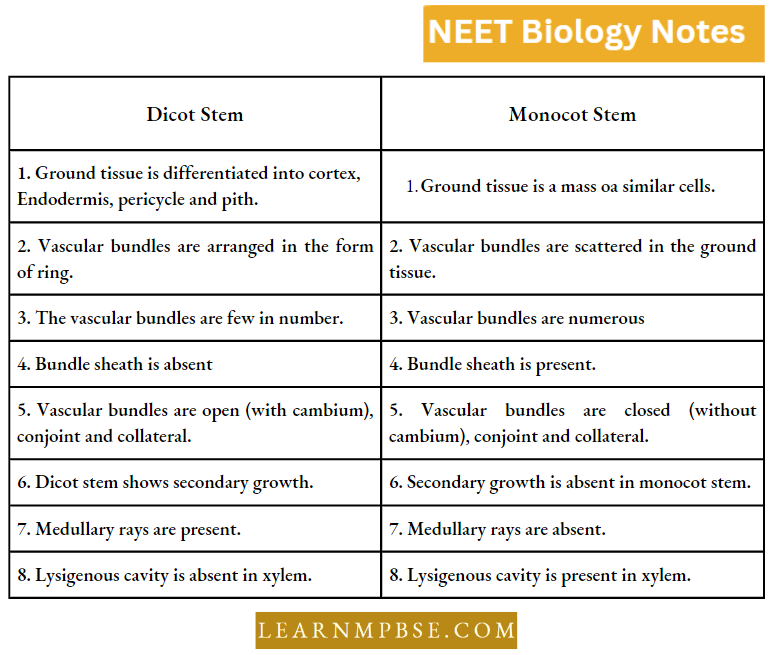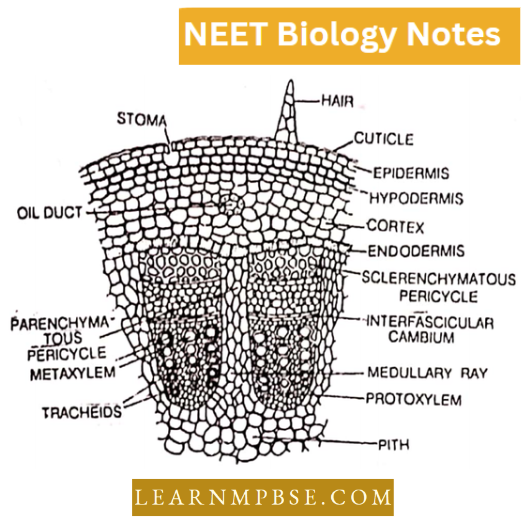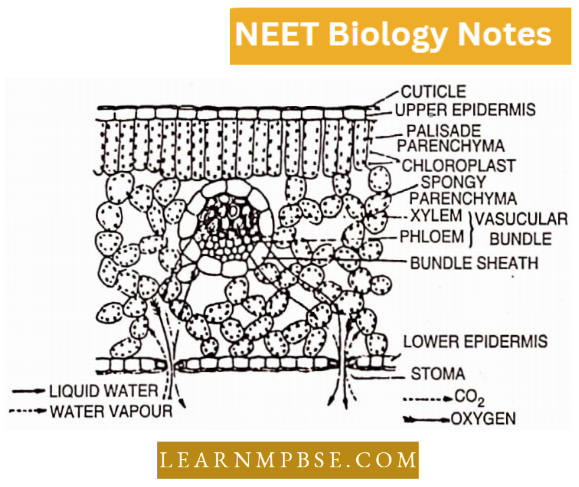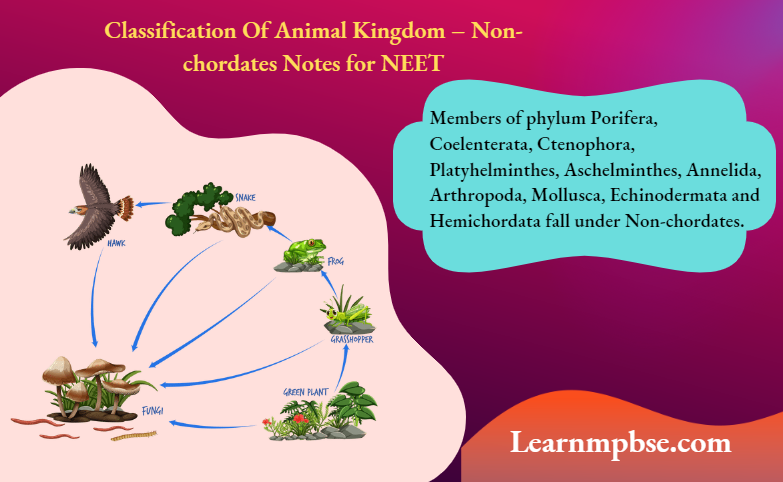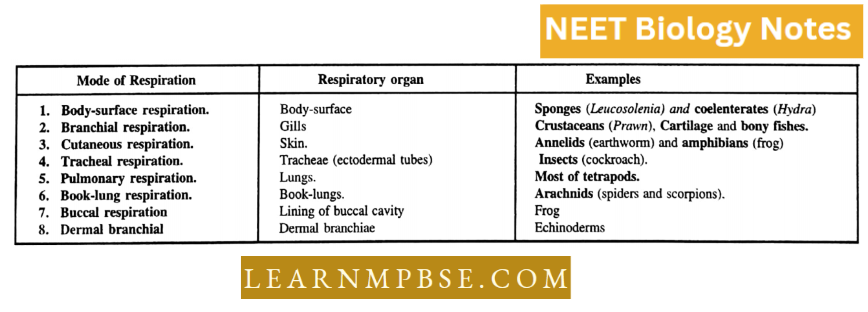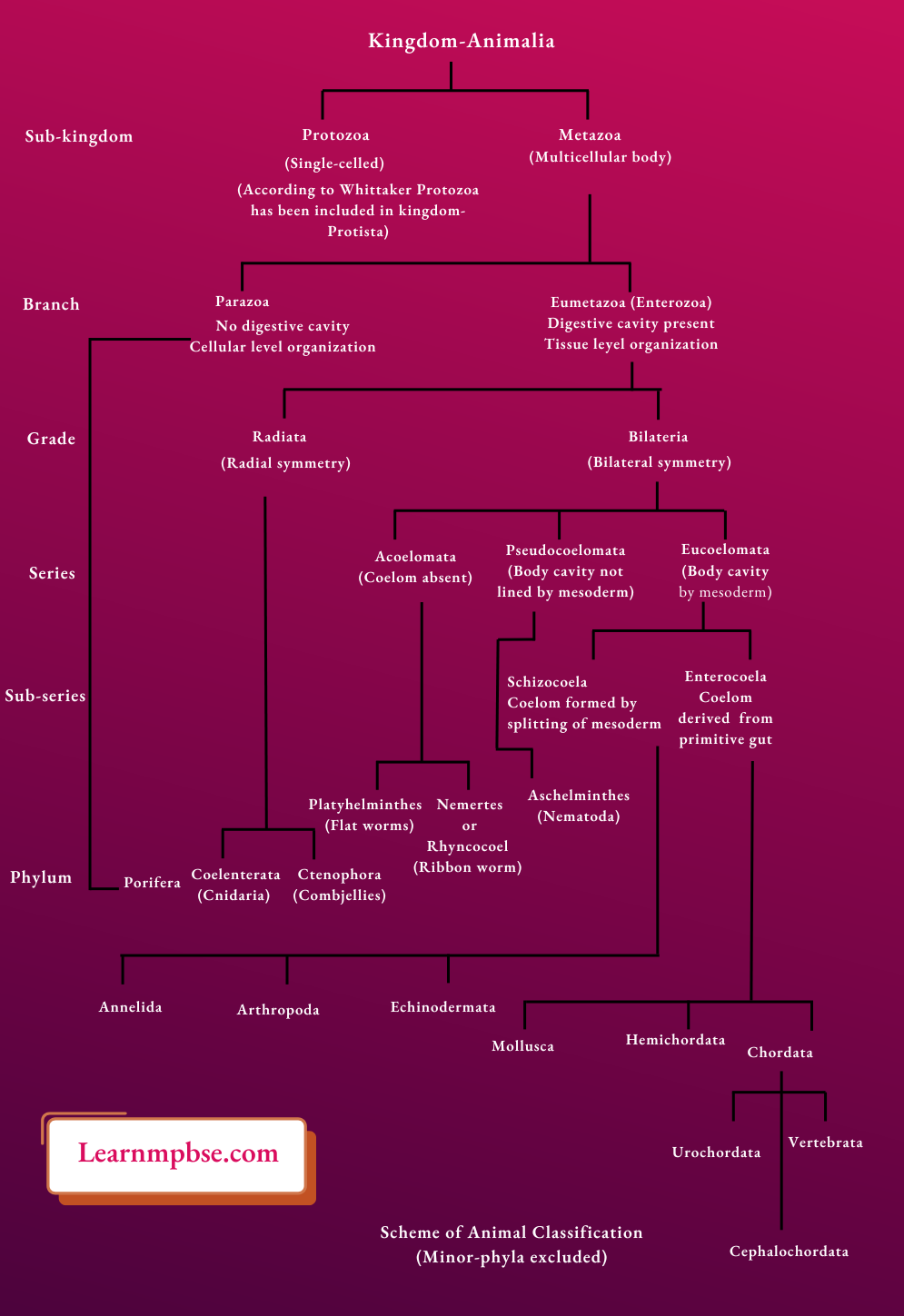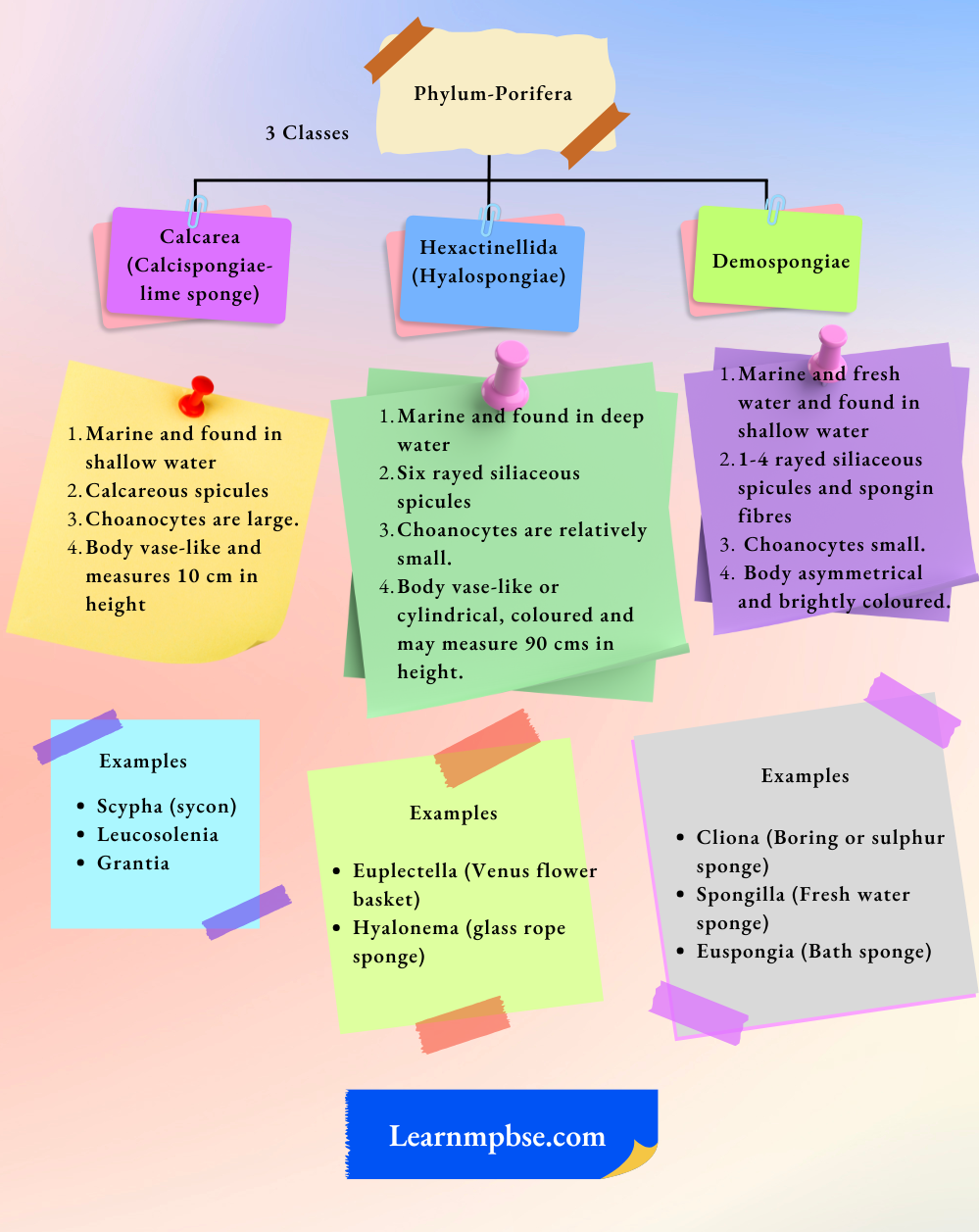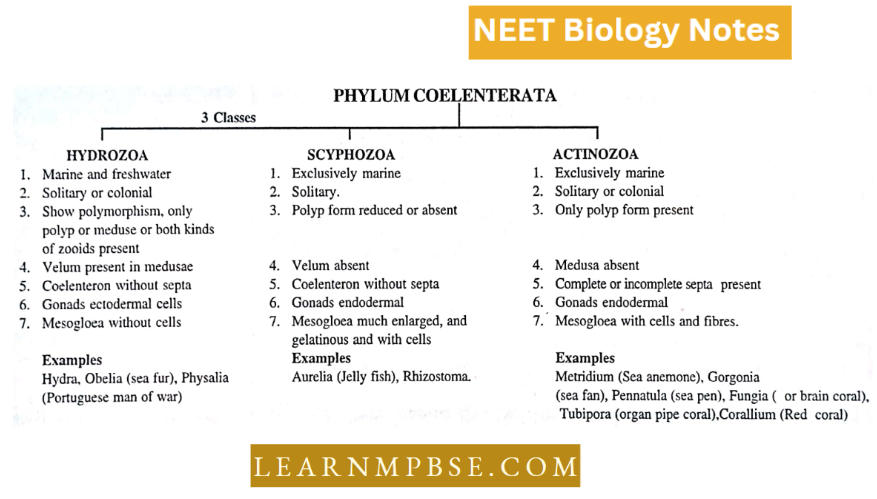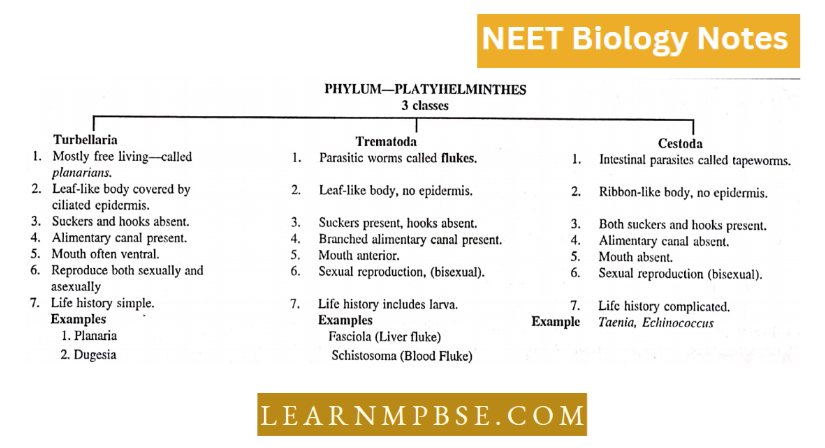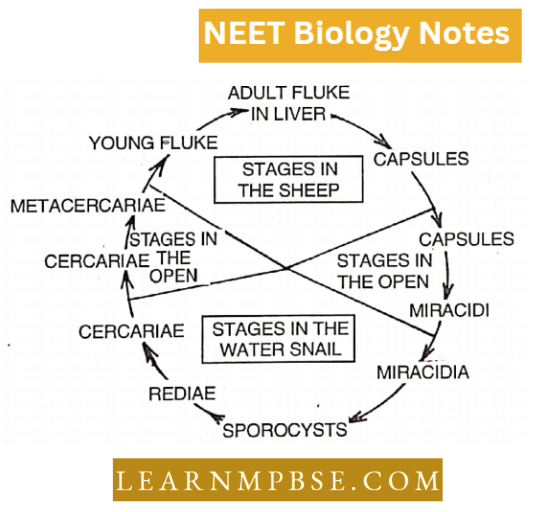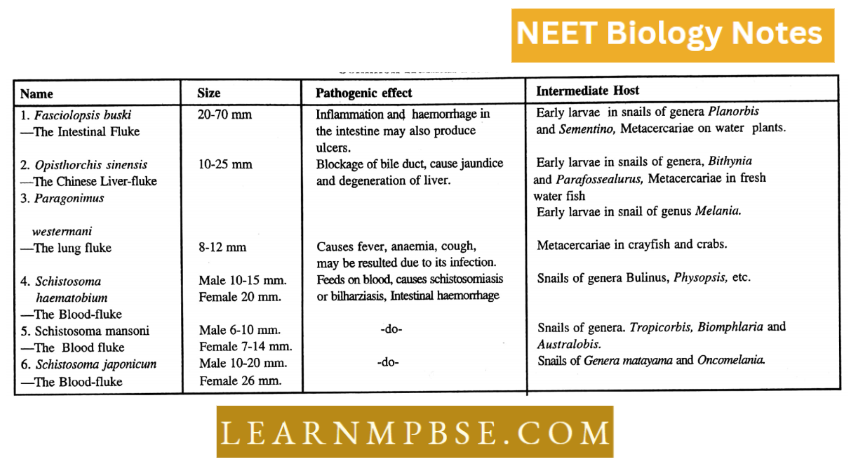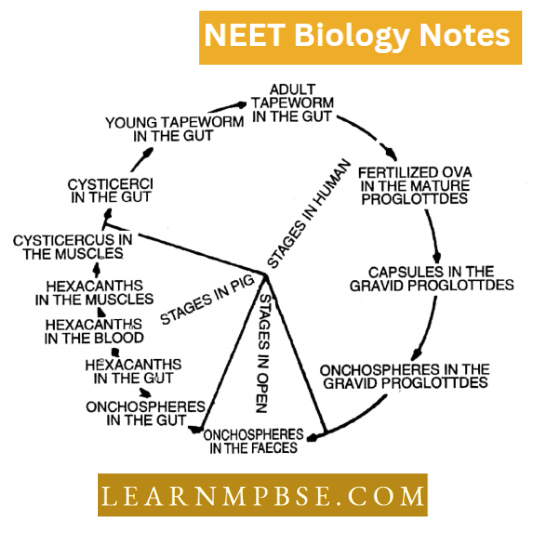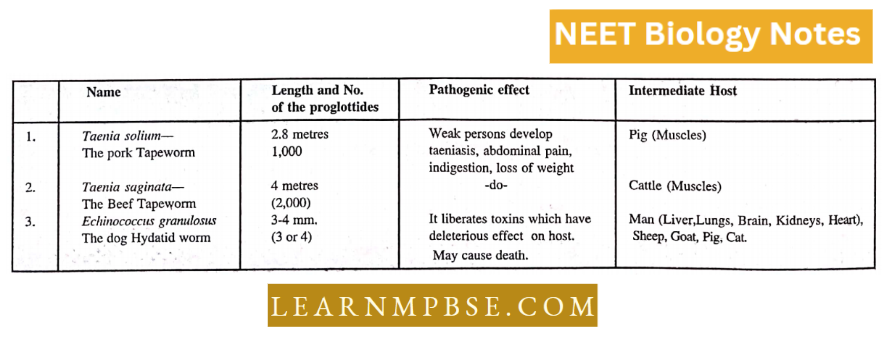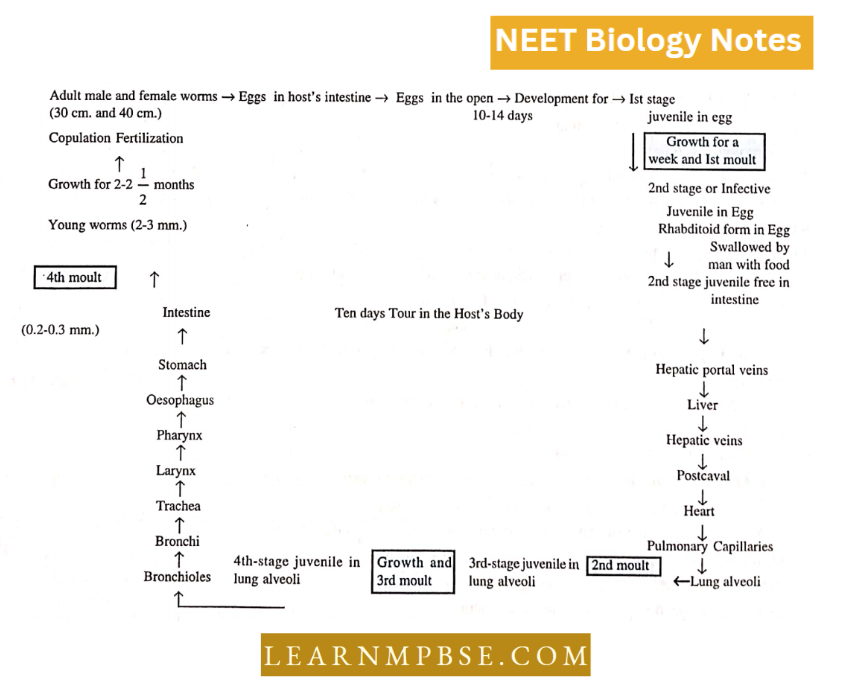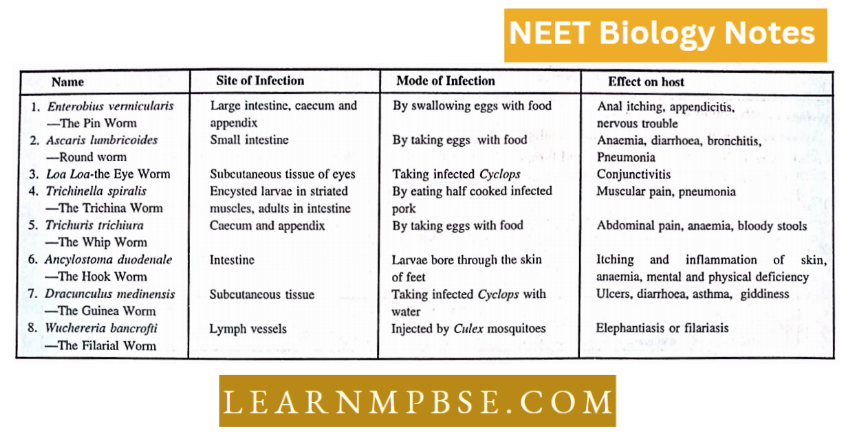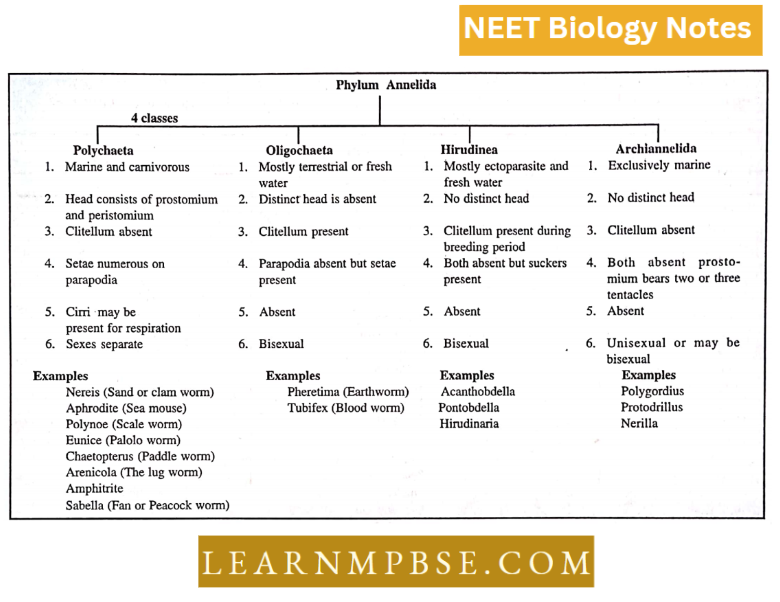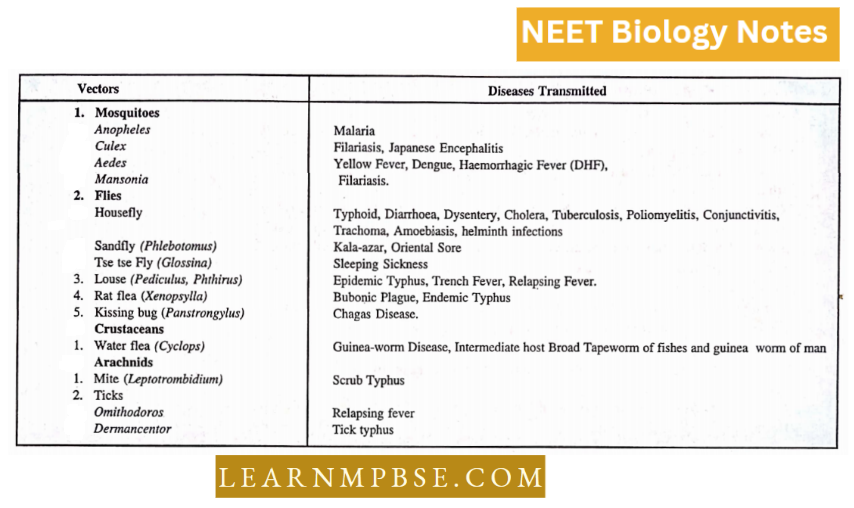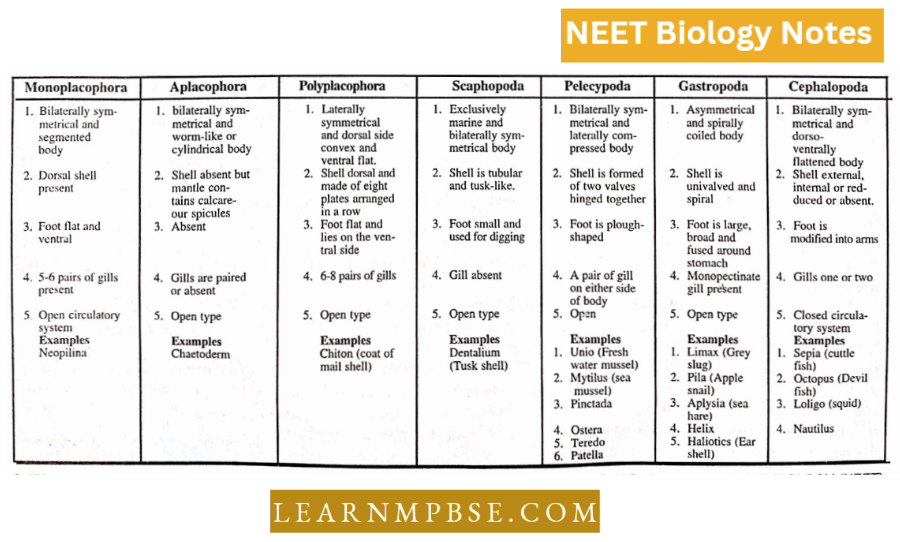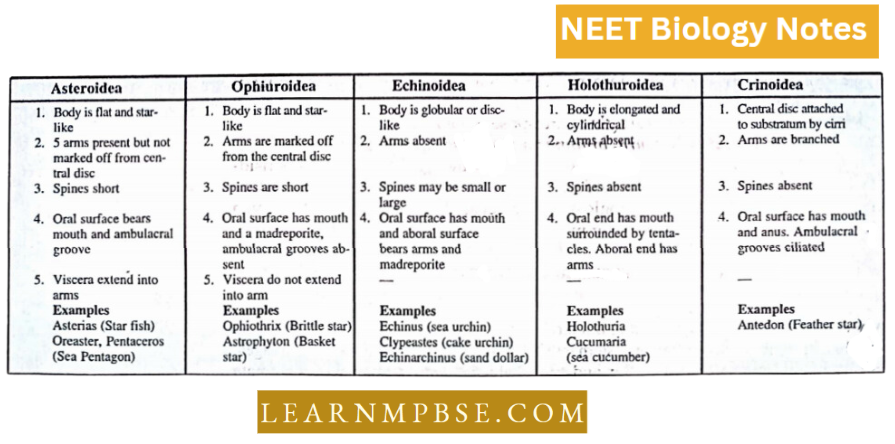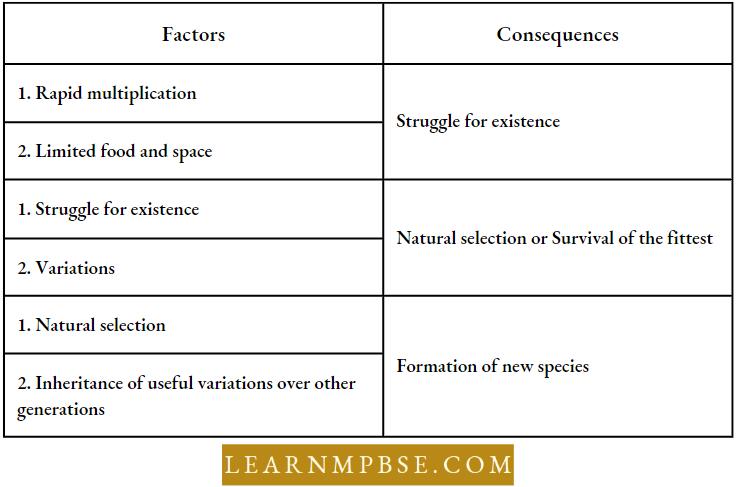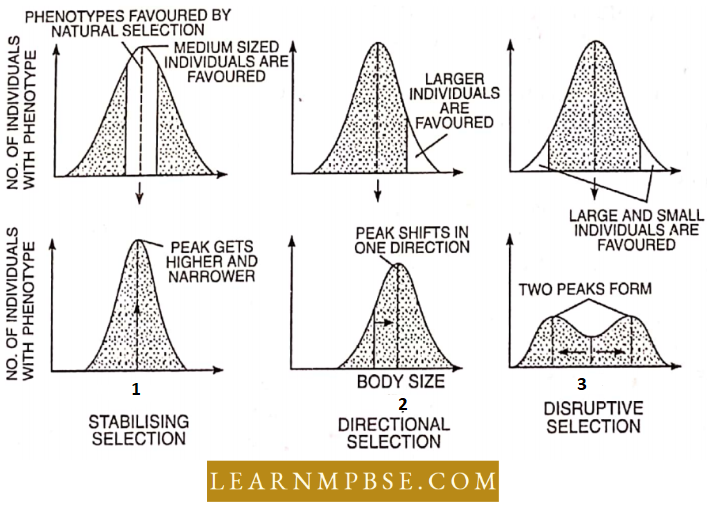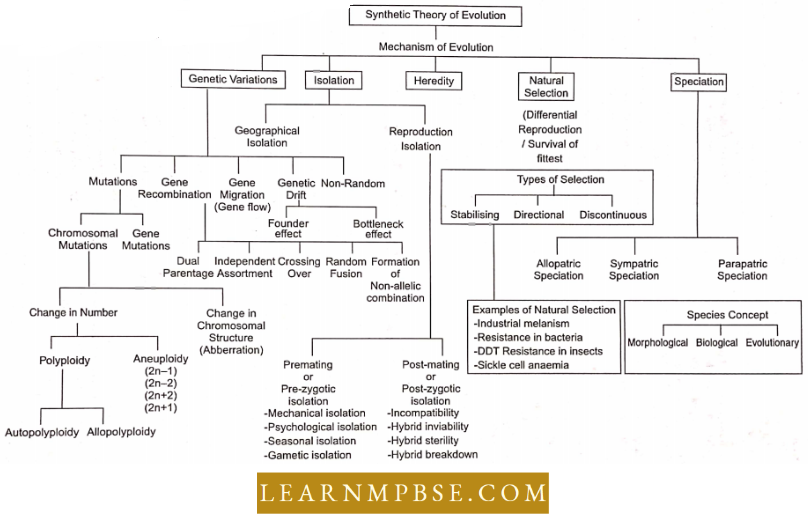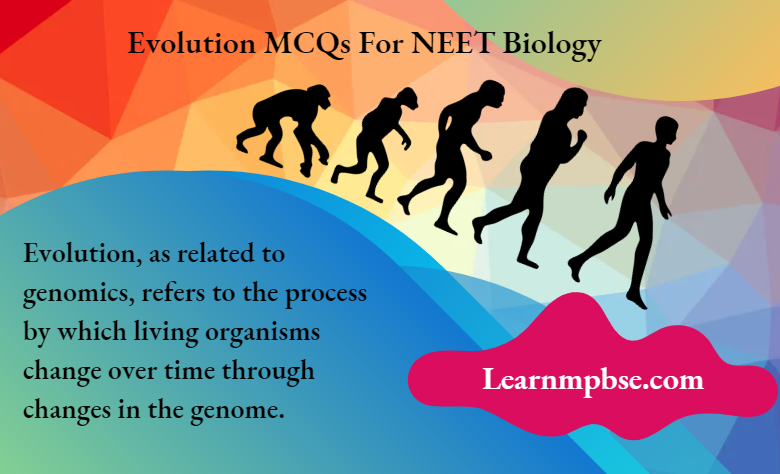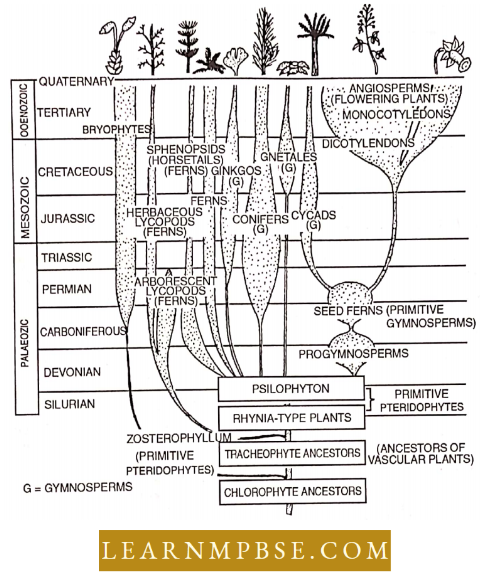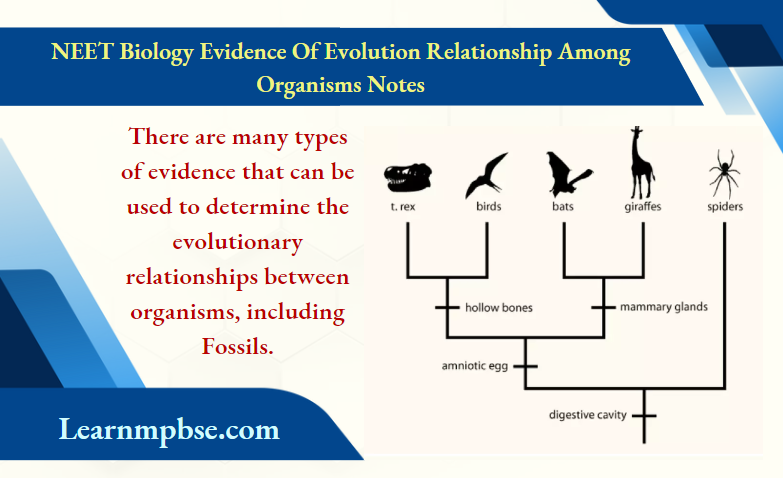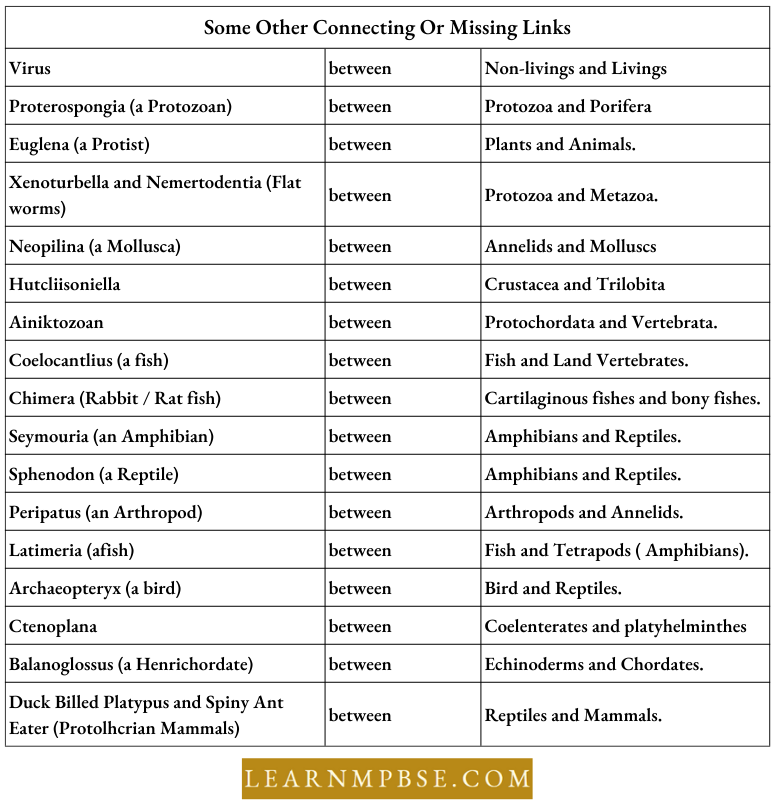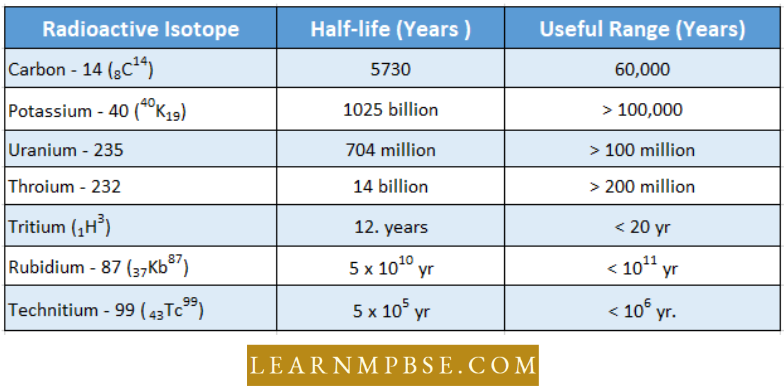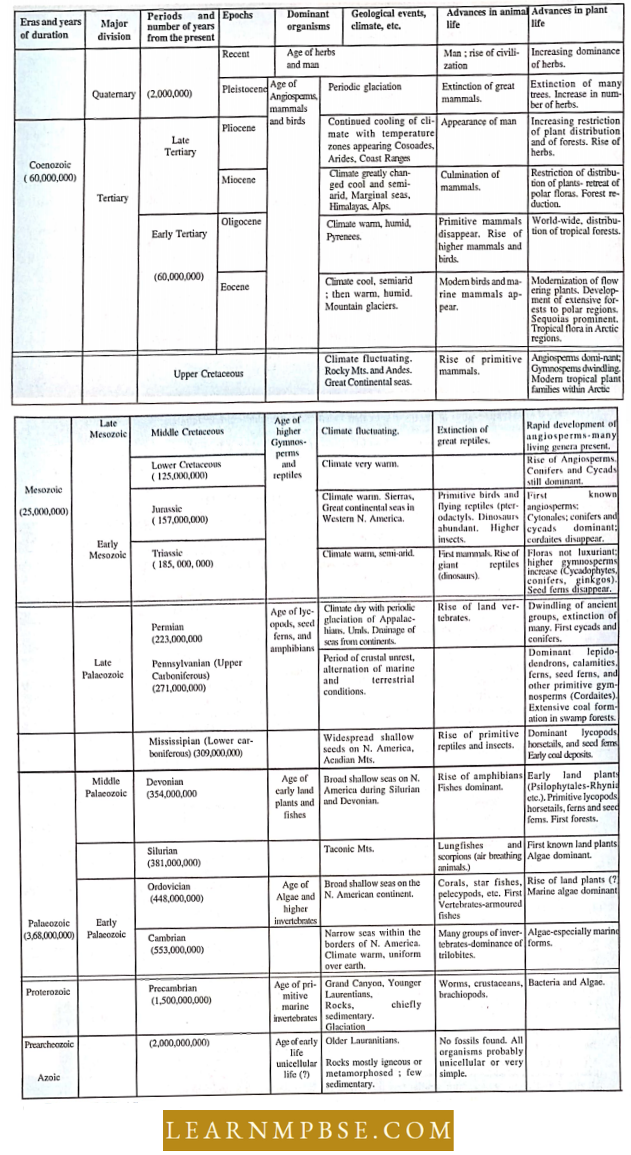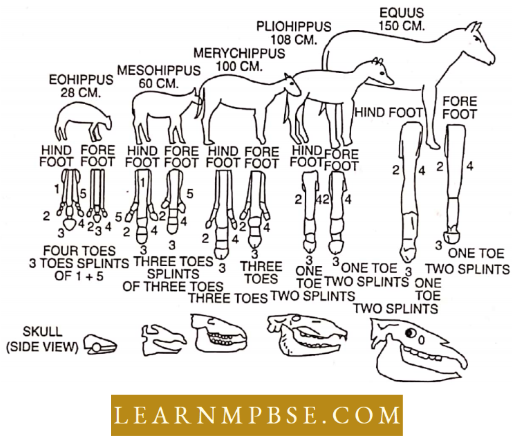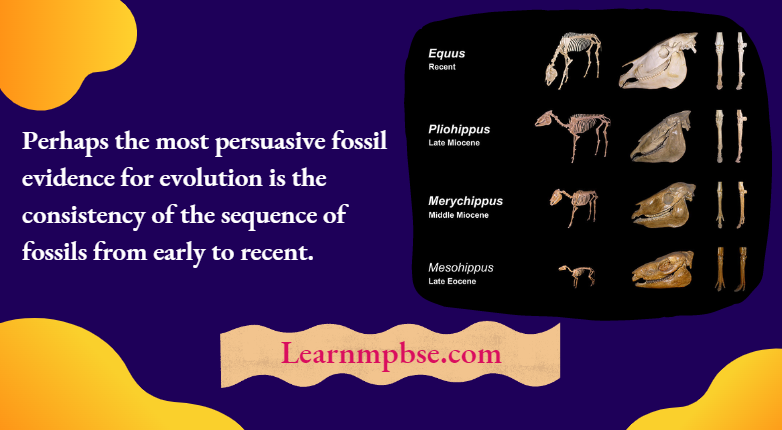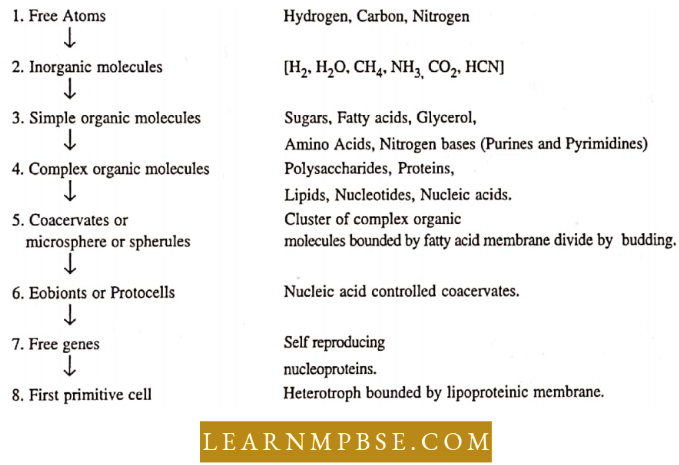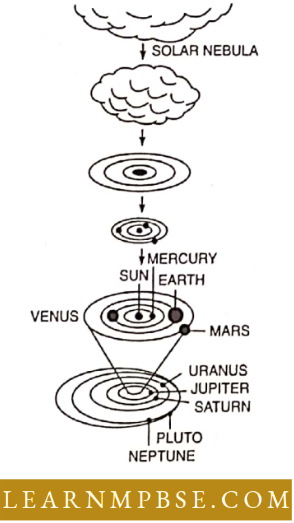NEET Biology Cell Structure and Function MCQs
Question 1. Engulfing of food materials or foreign bodies is called:
- Pinocytosis
- Pinocytosis and phagocytosis
- Mitosis
- Phagocytosis.
Answer: 4. Phagocytosis.
Question 2. The total thickness of the plasma membrane proposed by Robertson is:
- 5Å to 20Å
- 20Å to 35Å
- 50Å to 75Å
- 75Å to 100Å
Answer: 4. 75Å to 100Å
Question 3. The main function of the plasma membrane is to :
- Regulate the flow of material into and outside the cell
- Maintain the cell shape and size
- Control all cellular activities
- Store cell material.
Answer: 1. Regulate the flow of material into and outside the cell
Question 4. In a fluid mosaic model of the cell membrane, the extrinsic proteins are :
- Attached to intrinsic proteins but can be separated easily
- Superficially present but cannot be separated easily
- Superficially present and can be easily separated
- Attached to intrinsic proteins but cannot be separated easily.
Answer: 3. Superficially present and can be easily separated
Cell Structure And Function Mcq For Neet
Question 5. The one end of the phospholipid in the cell wall of plants is hydrophobic, which means:
- It has no affinity for metabolites
- It has no affinity for water
- It has no affinity for solutes
- None of the above.
Answer: 2. It has no affinity for water

Question 6. Amoeba, a single-celled organism, has a specialized structure called a contractile vacuole whose function is to collect excess water frorn the cell and discharge the water into the environment. From this infor-mation you can deduce that amoeba live in an environment that is (hypotonic) to the interior solution of amoeba. Thus, you would expect to find amoebas living in :
- A freshwater pond
- The ocean
- Great salt lake
- A bottle of unpasteurized milk.
Answer: 1. A freshwater pond
Question 7. We know that the Golgi body discharges substances from the cell by fusing of vesicles with the plasma membrane and subsequent opening of what was the interior of the vesicle to the outside environment. This is an example of:
- Exocytosis
- Endocytosis
- Active transport
- Facilitated diffusion.
Answer: 1. Exocytosis
Question 8. The selective transfer of particles through the cell membrane is an important factor in the process of:
- Cytoplasmic streaming
- Homeostasis
- Nuclear transfer
- Mechanical digestion.
Answer: 2. Horneostasis
Neet Mcqs On Cell Organelles With Answers
Question 9. The plasma membrane consists of three layers arranged :
- Protein layer, phospholipid layer, and protein layer
- The phospholipid and two protein layers
- The two protein layers and the phospholipid layer
- The protein layer, the phospholipid layer, and the fat layer.
Answer: 1. Protein layer, phospholipid layer, and protein layer
Question 10. The bordered pits are characteristics of:
- Ferns
- Gymnosperms
- Angiosperms
- Cycads.
Answer: 2. Angiosperms
Question 11. The torus of simple and bordered pits is made up of :
- Suberin
- Glttcose
- Cutin
- Phospholipids.
Answer: 1. Suberin
Question 12. Membrane functions are carried out by :
- Carbohydrates
- Lipids
- Metalion
- Proteins.
Answer: 4. Proteins
Question 13. The integrity of the membrane is maintained by :
- Ionic bonds
- Covalent bonds
- Hydrophilic action
- Hydrophobic attractions.
Answer: 3. Hydrophilic action
Question 14. According to the fluid mosaic model, the fluidity of a cell membrane is due to :
- Lipid
- Proteins
- Glycoproteins
- Glycolipids.
Answer: 1. Lipid
Question 15. Regarding cellular membranes one of the following is incorrect?
- Membranes are selectively permeable but a solute’s electrical polarity and other physical characteristics may affect its ability to enter or leave.
- Water-soluble substances pass through more rapidly than lipids and lipid-soluble substances.
- Generally smaller molecules pass through cellular membrane more readily than larger molecules.
- None of the above.
Answer: 2. Water-soluble substances pass through more rapidly than lipids and lipid-soluble substances.
Question 16. The counter pressure exerted by the cell wall tends to oppose :
- Turgor pressure
- Osmotic pressure
- Solvent pressure
- Diffusion pressure.
Answer: 1. Turgor pressure
Cell Structure And Function Neet Previous Year Questions
Question 17. Ion channels have been discovered by :
- Singer and Nicholson
- Nehar and Sakmann
- Gamier
- Robinson and brown.
Answer: 2. Nehar and sakmann
Question 18. The most abundant lipid in a cell membrane is:
- Phospholipid
- Cholesterol
- Steroid
- Cutin.
Answer: 1. Phospholipid
Question 19. Glycoproteins are known to play an important role in cell recognition. The specificity of this recognition is provided by:
- Lipid portion of glycoproteins
- Lipids are in the least proportion
- Oligosaccharide portion of glycoprotein
- Proteins are in the least proportion.
Answer: 3. Oligosaccharide portion of glycoprotein
Question 20. According to the fluid mosaic model, which one is true?
- Oligosaccharides and lipids are held by non-covalent interaction
- Components of the plasma membrane can be dispersed by detergents
- Lipids and proteins are amphoteric
- Polar groups of proteins are directed towards the lipid bilayer.
Answer: 4. Polar groups of proteins are directed towards the lipid bilayer.
Question 21. When a group of cells is placed in a salt solution whose concentration is more than their cell sap :
- The cytoplasm with its plasma membrane expands
- The cytoplasm with its plasma membrane shrinks up
- The cytoplasm comes out through the plasma membrane
- The cytoplasm remains in position.
Answer: 2. The cytoplasm with its plasma membrane shrinks up
Question 22. Which of the following structures of the cell is dead?
- Cell wall
- Nucleus
- Plasma membrane
- Mitochondria.
Answer: 1. Cell wall
Question 23. An Electron microscope has revealed that the cell wall is made up of several layers of :
- Cavities
- Microfibrils
- Plasmodesmata
- Myonemes.
Answer: 2. Microfibrils
Question 24. Plasmalemma prevents escape of na+ and k+ to :
- Disrupt neighboring cells through desmosomes
- Maintain electrostatic neutrality of cells
- Maintain cell sap
- All of the above.
Answer: 1. Cause disruption in neighboring cells through desmosomes
Cell Structure And Function Neet Previous Year Questions
Question 25. The cell wall is a permeable membrane can be best deducted from the passage of water and mineral salts from:
- The root hair into cortical cell
- The pericycle cells into the tracheal elements
- The cortical cells are into tracheal elements
- The soil into the root hair.
Answer: 4. The soil into the root hair.
Question 26. In the fluid mosaic membrane model, the phospholipid bilayer:
- Is sandwiched between two protein layers
- Have proteins embedded in it
- Lies on top of a single protein
- Is covered by a single protein.
Answer: 2. Has proteins embedded in it
Question 27. The structure in the ce1l bounded by the single membrane is :
- Chloroplast
- Peroxisome
- Ribosome
- Mitochondria.
Answer: 2. Peroxisome
Question 28. Plasma membranes of adjacent cells become thicker at certain regions. They are called :
- Desmosomes
- Terminal bars
- Infoldings
- None of the above.
Answer: 1. Desmosomes
Question 29. The middle lamella is made up of :
- Protein
- Cellulose
- Calcium and magnesium pectate
- Lignin.
Answer: 3. Calcium and magnesium pectate
Question 30. The cell wall in plants is composed of :
- Chitin
- Lipids
- Xylan
- Cellulose.
Answer: 4. Cellulose.
Question 31. The cellulose layer during the formation of the cell wall is secreted by the outer cytoplasm as :
- Primary wall
- Secondary wall
- Tertiary wall
- None of the above.
Answer: 1. Primary wall
Cell Organelles And Their Functions Mcq Neet
Question 32. All membrane processes, such as pumping and channeling of molecules are carried out by :
- Lipids
- Carbohydrates
- Nucleic acids
- Proteins.
Answer: 4. Proteins.
Question 33. Plant cells can usually be distinguished from animal cells because only plant cells possess:
- Cell wall and mitochondria
- Goigi bodies and central vacuole
- Celt wall and central vacuole
- Chromosome and mitochondria.
Answer: 3. Celt wall and central vacuole
Question 34. If you were given a non-polar- membrane, which of the following would you expect to diffuse through it with the most ease :
- CO2 phenylalanyl
- Glycine
- Lead atom
- Proteins.
Answer: 1. CO2 phenylalanyl
Question 35. Membranes are found within :
- Cytoplasm, chloroplasts and mitochondria
- Chromosomes, nuclei, and mitochondria
- Cytoplasm, nuclei, and starch grains
- Chromosomes, chloroplasts, and starch grains.
Answer: 1. Cytoplasm, chloroplasts and mitochondria
Question 36. Which of these factors affects the movement of substances through the plasma membrane?
- Permeability of the membrane
- Size of diffusing particles
- Membrane proteins
- A1l the above.
Answer: 4. A1l the above.
Question 37. Endocytosis refers to :
- Phagocytosis
- Pinocytosis
- Phagocytosis and pinocytosis
- Mitosis.
Answer: 3. Phagocytosis and pinocytosis
Question 38. The plasma membrane is selectively permeable. It shorts maximum permeability to:
- K+
- Nh4+
- Na+
- Ca++
Answer: 1. Nh4+
Question 39. Pinocytosis and active transport are similar because both processes:
- Depends directly upon cyclosis within a cell
- Require the expenditure of energy
- Are types of circulation
- Increase the absorbing surface of- cell.
Answer: 2. Require the expenditure of energy
Question 40. Most living cells acquire unwanted compounds either by absorption from their surroundings or as by-products of chemical activities. Cells would die if such compounds are accumulated in the cytoplasm or nucleus. Hence mechanisms have evolved to affect their removal. It is accomplished by developing a system of:
- Membranes such as endoplasmic reticulum
- Pores in the mernbrane of nucleus
- Semipermeable cell membrane surrounding the nucleus
- Vacuoles.
Answer: 2. Pores in the membrane of the nucleus
Cell Organelles And Their Functions Mcq Neet
Question 41. The term osmosis refers to the diffusion of :
- Energy
- Water
- Glucose
- Positive electric charges.
Answer: 2. Water
Question 42. The function of the intracellular membrane is to:
- Establish several compartments within the cell
- Provide the neat spatial organization of enzymes and pigments
- Provide a system of channels for the distribution of nutrients within cell
- All the above
Answer: 4. All the above
Question 43. Amphipathy means:
- Presence of hydrophobic and hydrophilic groups in the same molecules.
- Hydrophobic
- Hydrophilic
- Isotonic.
Answer: 1. Presence of hydrophobic and hydrophilic groups in the same molecules.
Question 44. An import of energy is required for which of the following:
- Diffusion
- Osmosis
- Facilitated diffusion
- Active transport.
Answer: 4. Active transport.
Question 45. Microvilli are :
- Finger-like projections on cell surface responsible for ultra absorption of liquids.
- Finger-like projections of nuclear membrane responsible for obtaining nutrients for the nucleus
- Hair-like structures on the cell surface responsible for the sense of touch
- Secondary finger-like projection on the intestinal villi.
Answer: 1. Finger-like projections on cell surface responsible for ultra absorption of liquids.
Question 46. The simplest and most common mechanism by which substances move across the cell wall is:
- Active transport
- Metabolically coupled transport
- Diffusion
- Osmosis.
Answer: 3. Diffusion
Question 47. Continuity of cytoplasm from cell to cell is maintained through:
- Middle lamella
- Plasmodesmata
- Endoplasmic reticulum
- Cell membrane system.
Answer: 2. Plasmodesmata
Question 48. Which pair of structures are usually found in both plant and animal cells?
- Cell membrane and nucleolus
- Cell membrane and cell wall
- Nucleolus and chloroplast
- Nucleus and cell wall.
Answer: 1. Cell membrane and nucleolus
Question 49. Tonoplast is a differentially permeable membrane surrounding the:
- Mitochondria
- Cytoplasm
- Vacuole
- Nucleus.
Answer: 3. Vacuole
Question 50. Singer and Nicholson model of plasma membrane differs from Robertson’s model in the :
- Arrangement of lipid layers
- Arrangement of proteins
- Absence of proteins in the Singer model
- Number of lipid layers.
Answer: 2. Arrangement of proteins
Question 51. Which of the following does not pass across membranes by simple diffusion?
- O2
- H+
- Co2
- H2O.
Answer: 2. CO2
Question 52. All are membrane-bound cell organelles except:
- Sphaerosome
- Lysosome
- Ribosomes
- Chloroplast.
Answer: 3. Ribosomes
Question 53. Sialic acid is a constituent of:
- Cell membrane
- Cell wall
- Tonoplast
- Chromosome.
Answer: 2. Cell wall
Question 54. Beetroot does not lose color in freshwater This is because :
- The plasma membrane is permeable
- The plasma membrane is impermeable to pigment
- The plasma membrane and cell wall are permeable
- Both the plasma membrane and cell wall are impermeable.
Answer: 2. Plasma membrane is impermeable to pigment
Question 55. Cellulosic cell walls can be specifically stained by
- Zinc chloride
- Phloroglucinol
- Methyl blue
- Sudan 4.
Answer: 1. Zinc chloride
Cell Organelles And Their Functions Mcq Neet
Question 56. The plan of cell wall formation is determined by:
- Golgi bodies
- Er
- Microtubules
- Nucleus.
Answer: 1. Golgi bodies
Question 57. Which of the following is not a form of endocytosis?
- Monocytosis
- Phagocytosis
- Pinocytosis
- Receptor-mediated cytosis.
Answer: 1. Monocytosis
Question 58. The process by which a cell secretes macromolecules by fusing a transport vesicle to a plasma membrane is:
- Pinocytosis
- Endocytosis
- Phagocytosis
- Exocytosis.
Answer: 4. Exocytosis.
Question 59. Membrane potential is caused by unequal distribution
- Ions
- Isotopes
- Fatty acids
- Glucose
Answer: 1. Ions
Question 60. The cell wall is the secretion of:
- Middle lamella
- Plasmalemma
- Cytoplasm
- Plasmodesmata
Answer: 3. Cytoplasam
Question 61. The cell wall is thin in :
- Xylem
- Collenchyma
- Cytoplasm
- Parenchyma.
Answer: 4. Parenchyma.
Question 62. Animal cells do not have cell walls because:
- They are adapted to move their body
- They have muscles and nerves
- They have to change the size of their body during locomotion
- All correct.
Answer: 4. All correct.
Cell Structure And Function Mcq For Neet
Question 63. The smallest structural unit of the cell wall is :
- Fibril
- Microfibril
- Micelle
- Middle lamella.
Answer: 3. Micelle
Question 64. Unripe fruits are hard, due to :
- Tannins in the cell wall
- Middle lamella
- Plasmodesmata
- All of these.
Answer: 2. Middle lamella
Question 65. The cell wall in bacteria and cyanobacteria is made up of :
- Murein or mucopeptide
- Peptidoglycan and amino sugars
- Cellulose
- Chitin.
Answer: 2. Peptidoglycan and amino sugars
Question 66. The hemicellulose in the cell wall acts as :
- Filler substance
- Binding microfibril
- Strengthening cellulose
- All of these.
Answer: 2. Binding microfibril
Question 67. A micelle is made up of :
- 250 Microfibril
- 100 Cellulose chains
- 20 Macrofibrils
- 3000 Cellulose chains.
Answer: 2. 100 Cellulose chains
Question 68. Mineral elements of the middle lamella are/are :
- Calcium pectate
- Magnesium picrate
- Manganese
- Both 1 and 2.
Answer: 4. Both 1 and 2.
Question 69. The cell wall of the fungus contains :
- Pectin and cellulose
- Cellulose and chitin
- Chitin and pectin
- Chitin and silica.
Answer: 2. Cellulose and chitin
Question 70. Torus is related to:
- Bordered pits in the cell wall
- Receptacle of lotus
- Both correct
- Both wrong.
Answer: 3. Both correct
Question 71. Symplast:
- Is the living component of the cell
- Consists of cytoplasm and cell membrane
- Both correct
- Only 2 Is correct.
Answer: 3. Both correct
Question 72. The cell wall is absent in some plant cells like:
- Zoospores
- Gametes
- Pplo
- All correct.
Answer: 4. All correct.
Question 73. Intussusception is shown by a primary cell wall. It is :
- Deposition of cell wall materials from inside to cause growth
- Deposition of wall materials from outside as layers
- Hardening of cell wall
- None of these.
Answer: 1. Deposition of cell wall materials from inside to cause growth
Question 74. A pit is an unthickened area in the cell wall. It lacks:
- Primary wall
- Middle lamella
- Secondary wall
- Cell wall and cell membrane.
Answer: 3. Secondary wall
Question 75. The term cell membrane was given by :
- Nageli
- Singer and Nicholson
- Robertson
- Plower.
Answer: 1. Nageli
Cell Structure And Function Mcq For Neet
Question 76. The main amino acids in the cell membrane are :
- Arginine and lysine
- Arginine and leucine
- Arginine and tryptophan
- Arginine and glycine.
Answer: 1. Arginine and lysine
Question 77. Carbohydrate molecules attached to lipid and protein molecules from glycocalyx (extraneous coat). These carbohydrates are usually :
- Monosaccharides
- Polysaccharides
- Oligosaccharides
- Starches.
Answer: 3. Oligosaccharides
Question 78. Fluid mosaic model explains :
- A bilipid layer in between 2 protein layers
- A layer of proteins on one side and a bilayer of lipids on the other side
- 2 Lipid layers and 1 protein layer
- A phospholipid layer with proteins between and on both sides of the lipid layer.
Answer: 4. A phospholipid layer with proteins between and on both sides of the lipid layer.
Question 79. Cellular recognition and adhesion are facilitated by components in plasmalemma. These are :
- Lipids
- Proteins
- Both a and b
- Glycolipids and glycoproteins.
Answer: 4. Both a and b
Question 80. The plasma membrane of an animal cell is composed of:
- Lipids, proteins, oligosaccharides
- Lipids, proteins, proteins, polysaccharides
- Lipids, proteins, disaccharides
- Lipids, proteins, monosaccharides.
Answer: 1. Lipids, proteins, oligosaccharides
Question 81. Na+- k+ pump is found in membranes of many cells like nerve cells. It works against an electrochemical gradient and involves an integral protein ATPase. For each molecule of ATP used :
- 3 Ions of na+ are pumped out and two k+ ions are taken
- 3 Ions of na+ are taken in and 2k+ are pumped out
- 2 Ions of na+ are thrown and 3k+ are absorbed
- 3 Ions of Na+ are pumped out.
Answer: 1. 3 Ions of na+ are pumped out and two k+ ions are taken
Question 82. The cell membrane shows maximum permeability :
- K+
- Nh4+
- Na+
- Ca++.
Answer: 1. K+
Question 83. Who among the following proposed unit membrane model for cell membrane?
- Davson and Danielle
- Robertson
- Singer and Nicholson
- Metchnikoff.
Answer: 2. Robertson
Question 84. The cell membrane is absent in :
- Sperm
- Bacteria
- Lysosomes
- None of these.
Answer: 4. None of these.
Question 85. Which process requires energy?
- Bulk transport
- Pinocytosis
- Exocytosis
- All of these.
Answer: 4. All of these.
Neet Mcqs On Cell Organelles With Answers
Question 86. Pinocytosis was first reported by Edward in Amoeba. It is absent in:
- Bacteria
- Blue-green algae
- Prokaryotes
- All of these.
Answer: 4. All of these.

